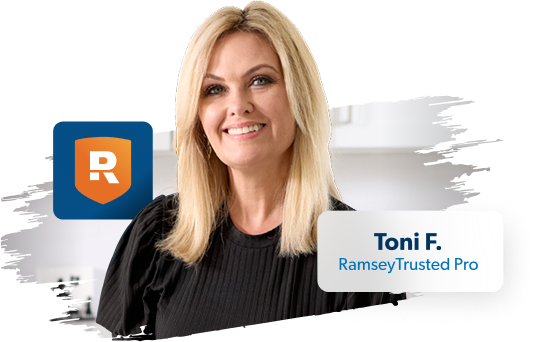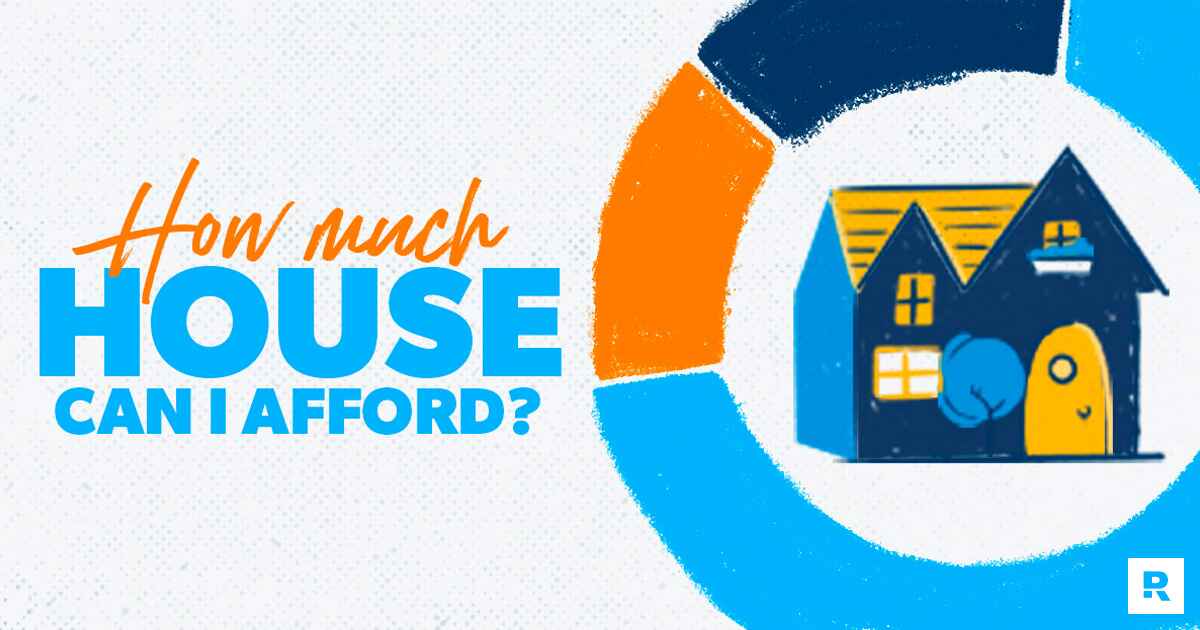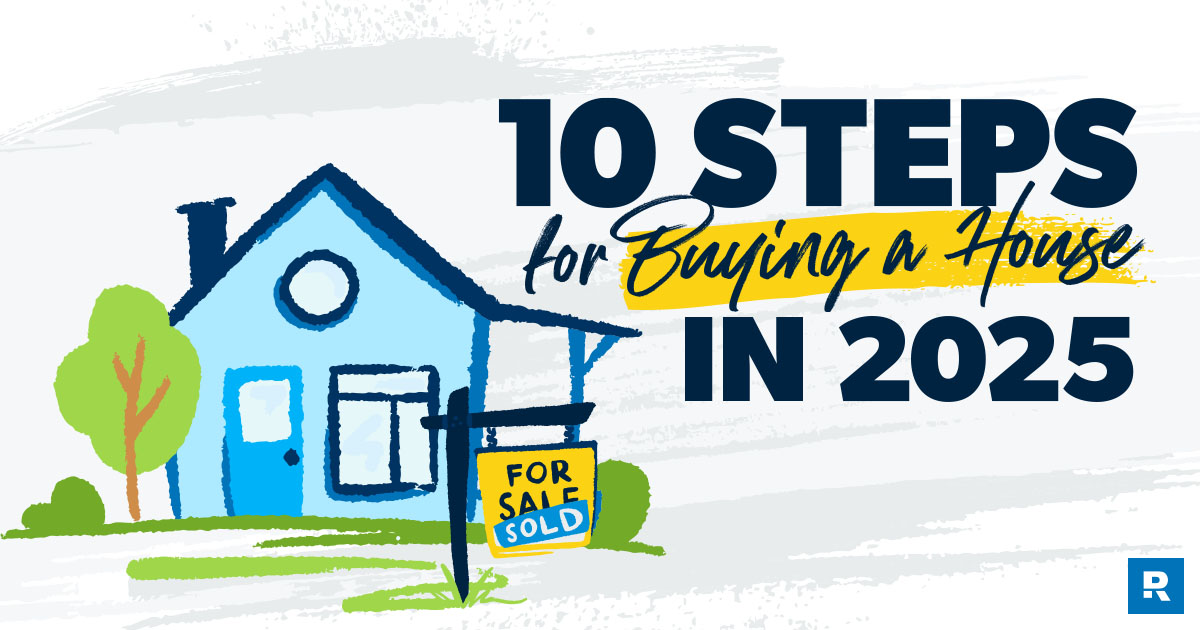Across the country, average home prices have been going up. Despite the rise in home prices, you can still find a perfect home that’s within your budget! As you begin to house hunt, just make sure to consider the most important question: How much house can I afford? After all, you want your home to be a blessing, not a burden.
Home Price







